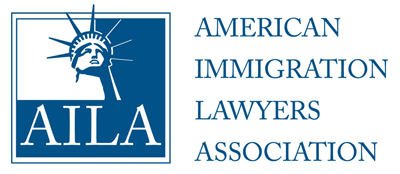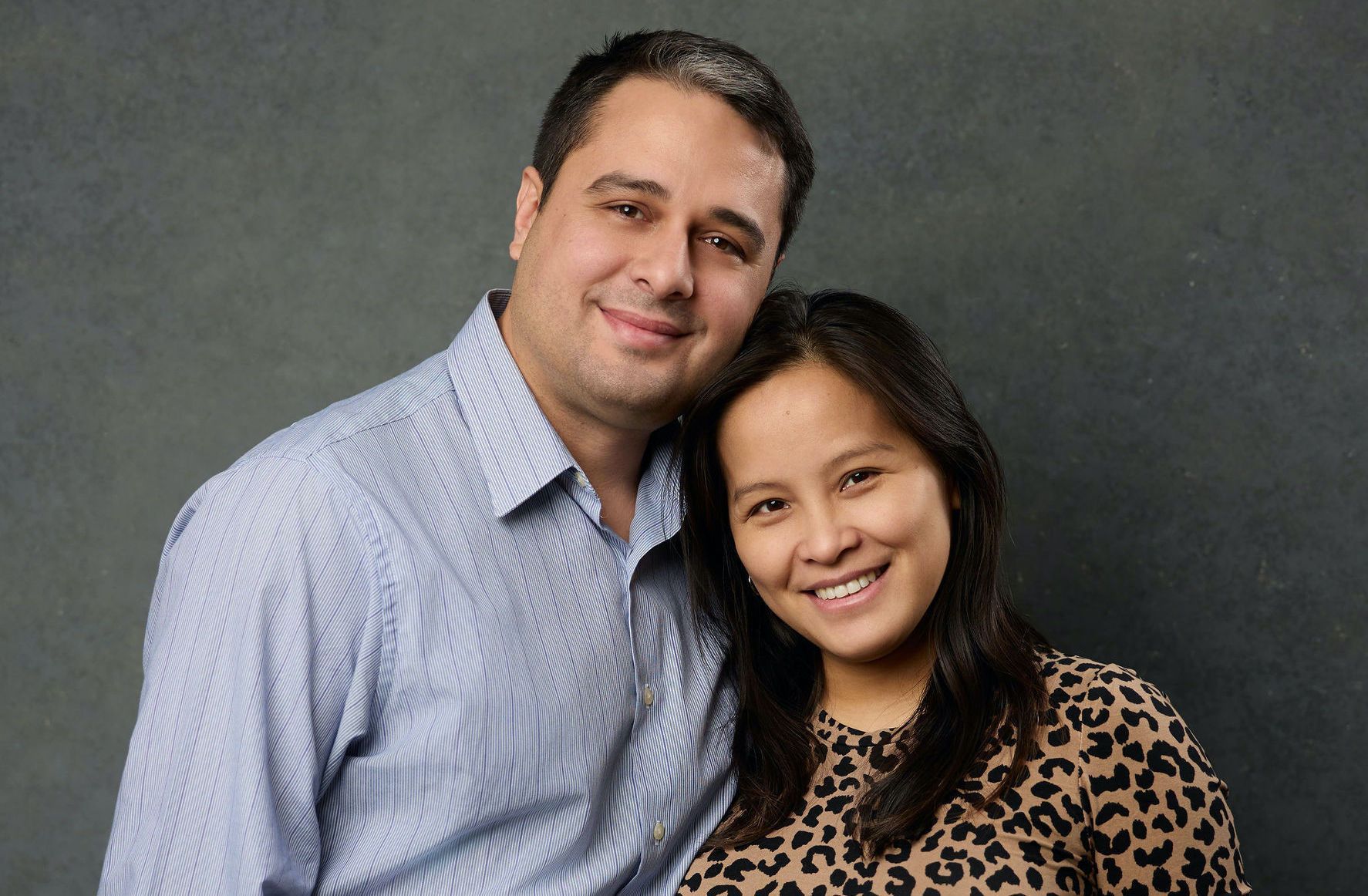USCIS Fee Increases Expected To Occur In 2016
According to the Federal Registry ( Notice found here ), USCIS fees are expected to increase in 2016. This will have a profound effect on immigration attorney clients and general applicants. For some forms, the fee may stay the same; however, the commonly filed family-immigration forms are seeing a $100 to $200 increase. From a historical prospective, USCIS fees have remained the same since 2010.
Government Announcement:
The Government announced May 4, 2016 (in short) the following:
“The Department of Homeland Security (DHS) proposes to adjust certain immigration and naturalization benefit request fees charged by U.S. Citizenship and Immigration Services (USCIS). USCIS conducted a comprehensive fee review, after refining its cost accounting process, and determined that current fees do not recover the full costs of the services it provides. Adjustment to the fee schedule is necessary to fully recover costs for USCIS services and to maintain adequate service. DHS proposes to increase USCIS fees by a weighted average of 21 percent and add one new fee.”
Proposed Fee Chart:
To assist in understanding the impact this change will have on the cost of immigration services, the chart below paints a picture:
| Immigration benefit request | Current fee ($) | Proposed fee ($) | Delta ($) | Percent change |
|---|---|---|---|---|
| G-1041 Genealogy Index Search Request | $20 | $65 | $45 | 225 |
| G-1041A Genealogy Records Request (Copy from Microfilm) | 20 | 65 | 45 | 225 |
| G-1041A Genealogy Records Request (Copy from Textual Record) | 35 | 65 | 30 | 86 |
| I-90 Application to Replace Permanent Resident Card | 365 | 455 | 90 | 25 |
| I-102 Application for Replacement/Initial Nonimmigrant Arrival-Departure Document | 330 | 445 | 115 | 35 |
| I-129 Petition for a Nonimmigrant worker | 325 | 460 | 135 | 42 |
| I-129F Petition for Alien Fiancé(e) | 340 | 535 | 195 | 57 |
| I-130 Petition for Alien Relative | 420 | 535 | 115 | 27 |
| I-131/I-131A Application for Travel Document | 360 | 575 | 215 | 60 |
| I-140 Immigrant Petition for Alien Worker | 580 | 700 | 120 | 21 |
| I-290B Notice of Appeal or Motion | 630 | 675 | 45 | 7 |
| I-360 Petition for Amerasian Widow(er) or Special Immigrant | 405 | 435 | 30 | 7 |
| I-485 Application to Register Permanent Residence or Adjust Status | 985 | 1,140 | 155 | 16 |
| I-526 Immigrant Petition by Alien Entrepreneur | 1,500 | 3,675 | 2,175 | 145 |
| I-539 Application to Extend/Change Nonimmigrant Status | 290 | 370 | 80 | 28 |
| I-600/600A/800/800A Orphan Petitions | 720 | 775 | 55 | 8 |
| I-601A Application for Provisional Unlawful Presence Waiver | 585 | 630 | 45 | 8 |
| I-687 Application for Status as a Temporary Resident under Section 245A of the Immigration and Nationality Act | 1,130 | 1,130 | 0 | 0 |
| I-690 Application for Waiver of Grounds of Inadmissibility | 200 | 715 | 515 | 258 |
| I-694 Notice of Appeal of Decision | 755 | 890 | 135 | 18 |
| I-698 Application to Adjust Status From Temporary to Permanent Resident (Under Section 245A of the INA) | 1,020 | 1,670 | 650 | 64 |
| I-751 Petition to Remove Conditions on Residence | 505 | 595 | 90 | 18 |
| I-765 Application for Employment Authorization | 380 | 410 | 30 | 8 |
| I-800A Supp. 3 Request for Action on Approved Form I-800A | 360 | 385 | 25 | 7 |
| I-817 Application for Family Unity Benefits | 435 | 600 | 165 | 38 |
| I-824 Application for Action on an Approved Application or Petition | 405 | 465 | 60 | 15 |
| I-829 Petition by Entrepreneur to Remove Conditions | 3,750 | 3,750 | 0 | 0 |
| I-910 Application for Civil Surgeon Designation | 615 | 785 | 170 | 28 |
| I-924 Application for Regional Center Designation Under the Immigrant Investor Program | 6,230 | 17,795 | 11,565 | 186 |
| I-924A Annual Certification of Regional Center | 0 | 3,035 | 3,035 | N/A |
| I-929 Petition for Qualifying Family Member of a U-1 Nonimmigrant | 215 | 230 | 15 | 7 |
| N-300 Application to File Declaration of Intention | 250 | 270 | 20 | 8 |
| N-336 Request for Hearing on a Decision in Naturalization Proceedings | 650 | 700 | 50 | 8 |
| N-400 Application for Naturalization | 595 | 640 | 45 | 8 |
| N-470 Application to Preserve Residence for Naturalization Purposes | 330 | 355 | 25 | 8 |
| N-565 Application for Replacement Naturalization/Citizenship Document | 345 | 555 | 210 | 61 |
| N-600/N-600K Application for Certificate of Citizenship | 600 | 1,170 | 570 | 95 |
| I-191, I-192, I-193, I-212, I-601, I-602, I-612 Waiver Forms | 585 | 930 | 345 | 59 |
| USCIS Immigrant Fee | 165 | 220 | 55 | 33 |
| Biometric Services | 85 | 85 | 0 | 0 |
If you have any questions or concerns, please feel free to call Fickey Martinez Law Firm at (910) 526-0066 or email us at attorney@fickeymartinezlaw.com.
Disclaimer: This Blog is made available by the lawyer or law firm publisher for educational purposes only as well as to give you general information and a general understanding of the law, not to provide specific legal advice. By using this blog site you understand that there is no attorney-client relationship between you and the Blog/Web Site publisher. The Blog should not be used as a substitute for competent legal advice from a licensed professional attorney in your state.
The post USCIS Fee Increases Expected To Occur In 2016 appeared first on Fickey Martinez Law Firm.












